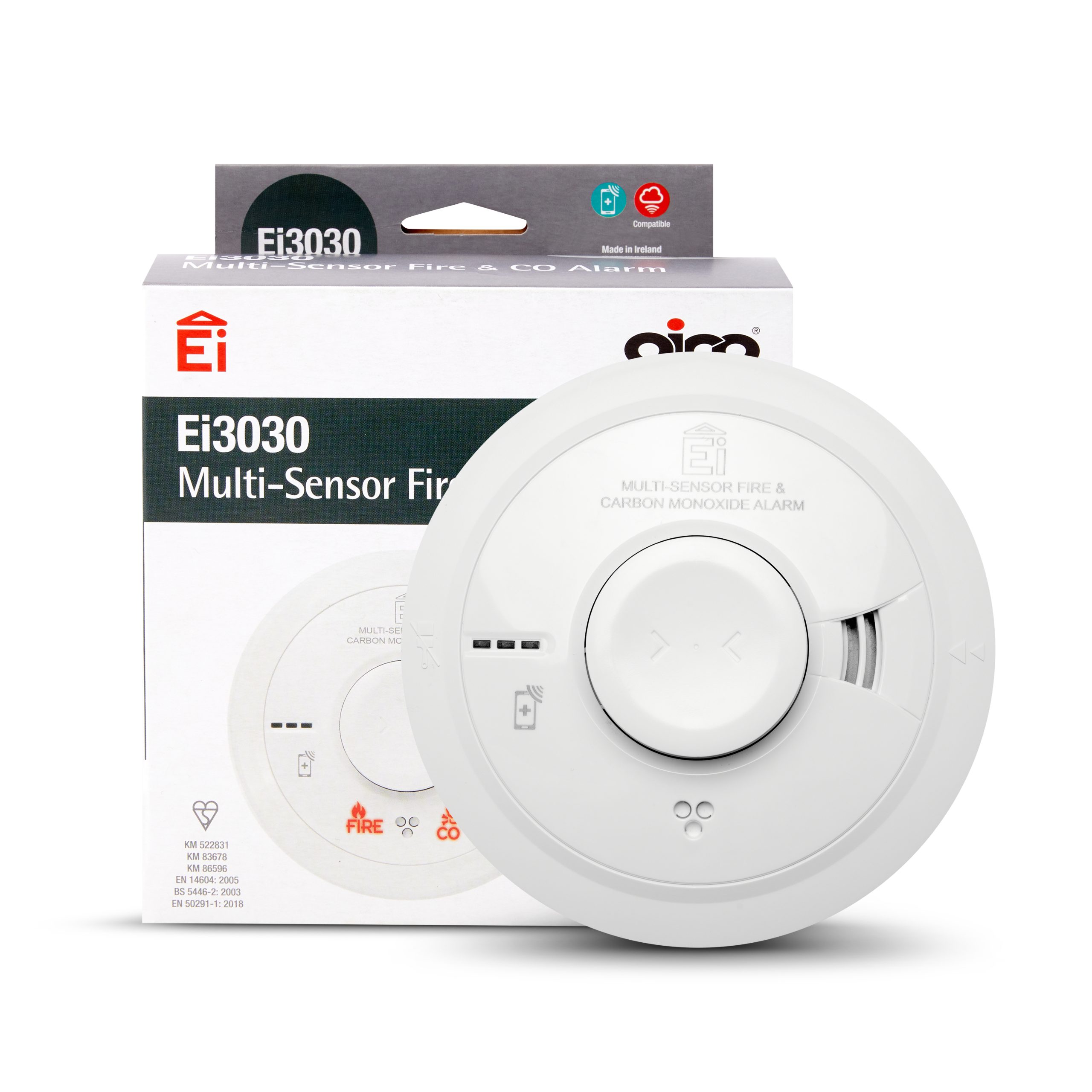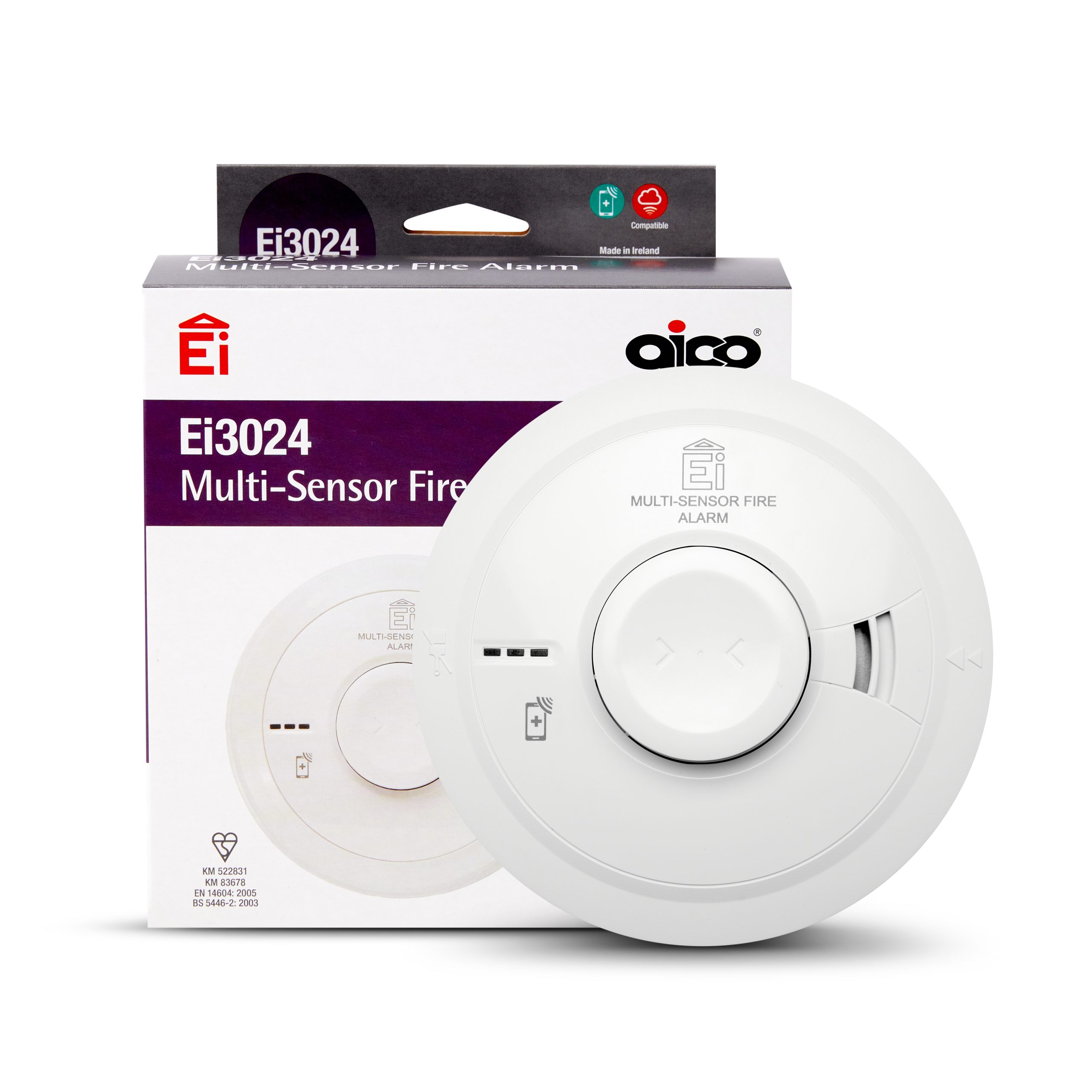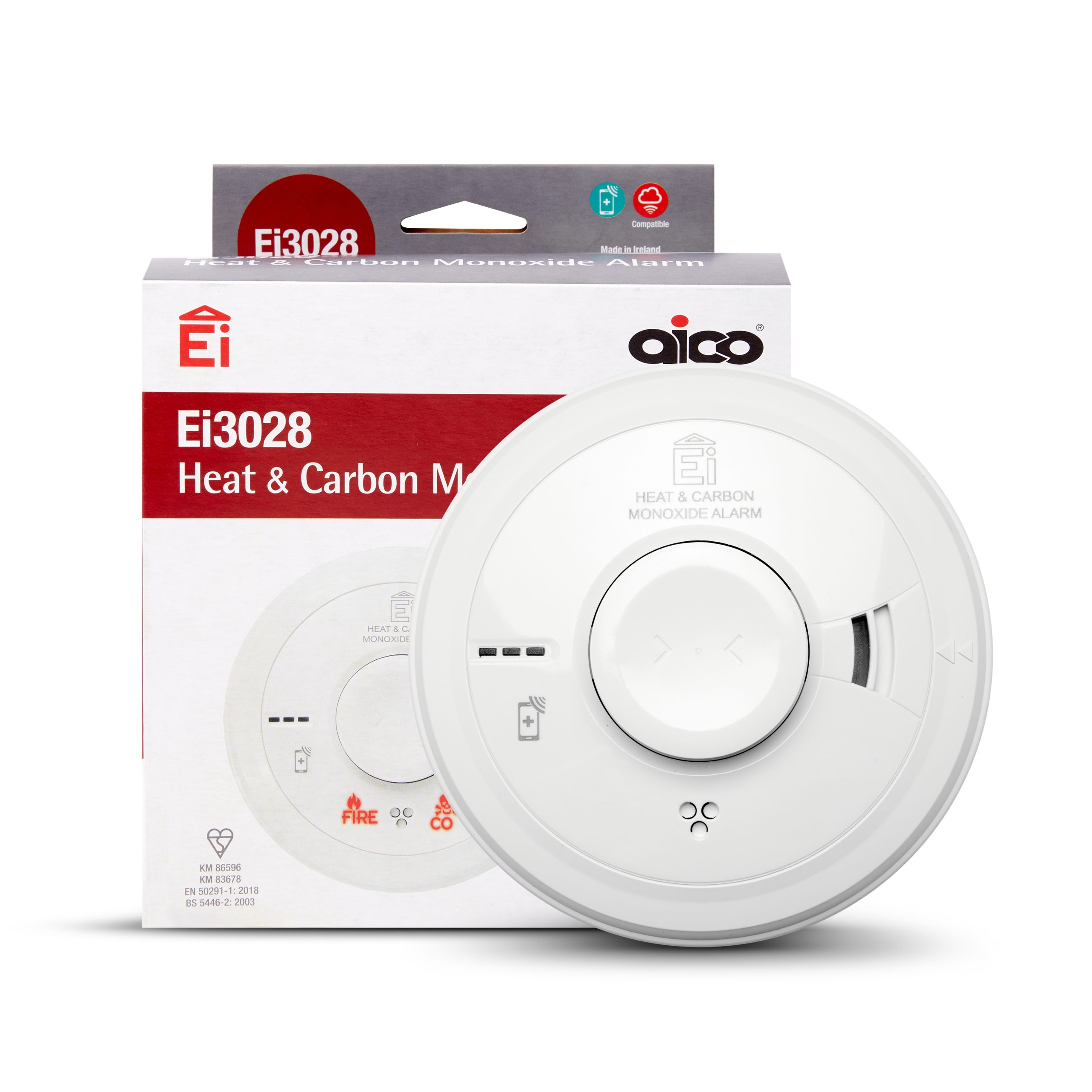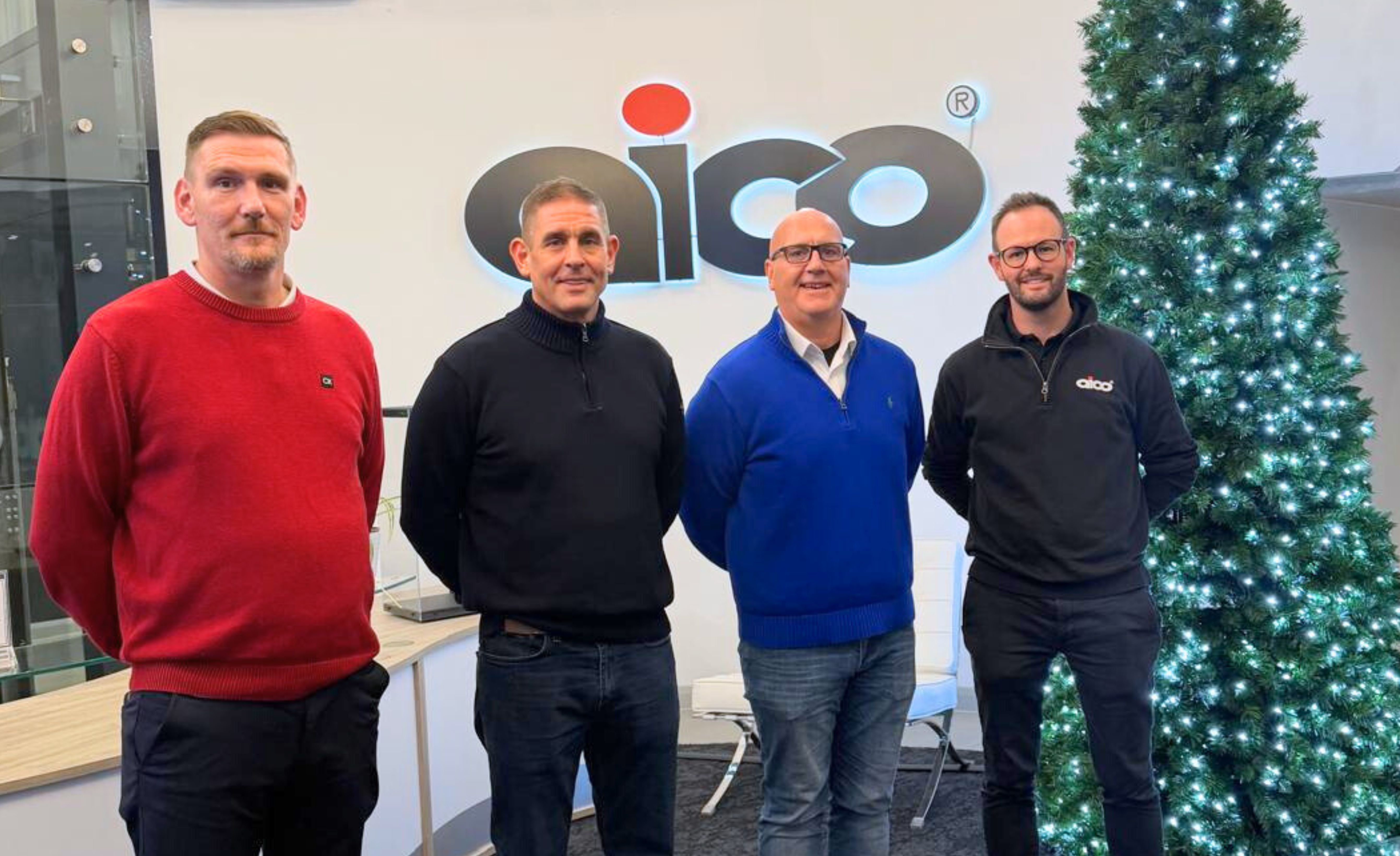Preventing, not reacting


Posted On:
16th December 2020
It’s 3am on a Sunday morning and the resident of a top floor flat has just had their kitchen ceiling collapse in a cascade of water. There will need to be an emergency plumber sent to the property, possibly an electrician to assess any electrical safety issues and damage, plus a general builder to ‘make good’ any damage that requires immediate action. This already amounts to a significant amount of money, and doesn’t account for any emergency accommodation costs, refitting or decorating the home and assumes no other properties are affected. In the long term, an increase in insurance premiums is almost guaranteed.
Aside from the monetary cost, there is also a human cost; the impact upon the resident and their family. Their emergency accommodation may be miles from their place of work or school. If they aren’t displaced, they may have to take extended periods of time off work to let contractors in to complete the repairs.
Basically, it’s a situation that everyone would want to avoid; so how can we do that?
—————————————————————————
In the imagined scenario above, the cause turns out to be a small leak in the water tank on the roof which, over the course of weeks or months, has been steadily and silently weakening the tenants ceiling, building in volume and eventually causing the collapse. The solution here, is therefore an easy one; water leak sensor(s) installed on the roof could have identified the leak when it first occurred, allowing for a fix much sooner and avoiding the massive cost and inconvenience of that fateful morning.
I have, of course, been dramatic in that example, but the benefits of proactive maintenance over reactive are clear to see. It may be a series of individually minor alerts from an Internet of Things (‘IoT’) enabled boiler that when seen as a whole, may suggest a service or inspection could stop any future major issues or breakdowns. Being proactive reduces overall inconvenience to the tenant and improves DLO utilisation by being able to schedule maintenance visits further in advance at mutually convenient times.
—————————————————————————
The key to achieving this is data. A connected home using IoT sensors such as environmental, water leak, door contact and smart boiler integration can dramatically improve the efficiency of property management and maintenance for Housing providers. HomeLINK’s platform is designed with multiple users in mind – from maintenance teams to contact centre agents, a properties dashboard can be accessed from anywhere.
For example, integration to the Aico SmartLINK Gateway would allow a contractor already at the property to quickly check when the fire alarms were last tested and stop another visit being needed in the near future. Again, this helps optimise resource and improves tenant relations by avoiding additional access requests.
All in all, preventative maintenance is a model that is accessible to housing providers by leveraging the power of IoT and the data it can provide. For more information on IoT and the value of data, see the first blog in this series.
by Jordan Toulson, Product Manager at HomeLINK

Jordan is a self-confessed geek and can often be found roaming the countryside with his dog, Pippa.





